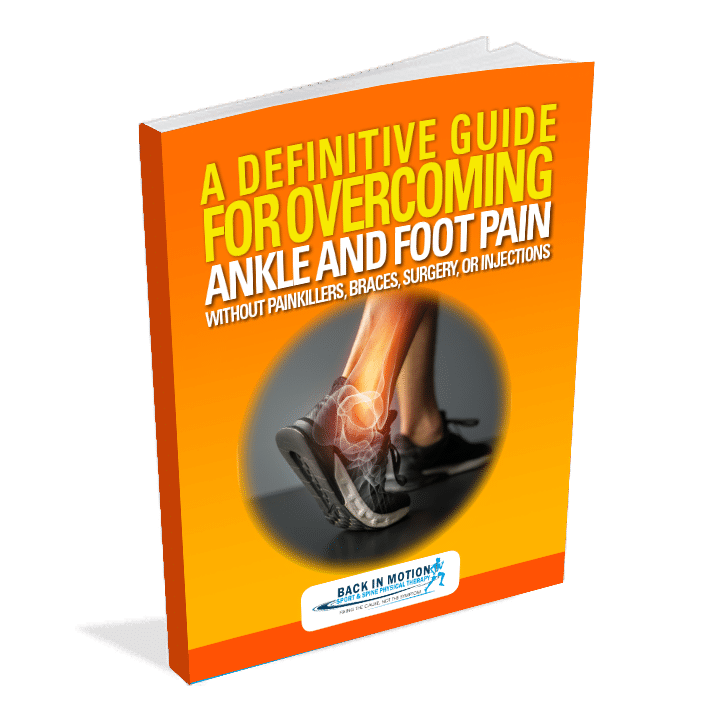How to Prevent Running Injuries (Part 2): Enhancing Ankle Mobility
Why Ankle Mobility Is Important To Prevent Running Injuries…
Running injuries are common place with recreational and elite runners. Most running injuries can be prevented with a sound training program mixed with strength training, proper shoe wear, and adequate mobility and strength. In this post, we’re going to disclose one of the main reasons why runners get injuries….. In this regard, it is lack of adequate ankle mobility. We”ll disclose why runners need ankle mobility, how to test it on themselves, and finally how they can improve upon it. Lastly, will talk about the importance of proper shoe wear. If you missed last week’s post you can find it by Clicking Here.
Are Your Ankles Causing Your Symptoms?
Ankle mobility is important for dissipating forces when running but also helps make your body moving more efficiently. In this manner, it helps “activate” specific muscles in your calf and even muscles at the hip to further help you dissipate shock but to also help you propel during the late stance of gait……. Remember last post with the all important glute muscles? Yes- that is correct. If you lack ankle mobility your hip muscles can’t work efficiently. This is one of the many reasons why you need adequate mobility in your ankles. Watch this quick video from Dr. Scott Gray on disclosing why ankle mobility is crucial for runners:
Do Your Ankles Need More Mobility?
Here are a few quick tests that you can do to discern if your ankles need more mobility….
Flexibility Exercises For Your Feet & Ankles….
Now that you know the importance of proper ankle mobility, what do you do about it? Lack of ankle mobility can be one of two things:
- Joint restriction or….
- Soft tissue restriction
Watch these few quick videos how to discern the difference…..
Want to See How We Can Help You?
Claim A Free 20 Minute Discovery Visit….
Don’t Forget About Proper Shoe Wear
Although ankle mobility is very important, so is wearing the proper shoe. If you’re wearing the wrong shoe for your gait or foot type it can limit your ankle mobility but also put increased stress and strain on the entire body. You can think of your feet in three ways… One, you could have a super mobile foot. This means your foot pronates excessively. In essence your foot has no stability. You need a shoe that provides support to your feet. On the other end of the spectrum is feet that are high arched or supinators. These type of feet have a hard time pronating or becoming mobile. This type of runner lacks shock absorption and will “smack” the ground. With this type of foot you’ll want to wear a shoe that has a less rigid heel cup and shoe that doesn’t provide as much support. Lastly, there are runners that have a more neutral arch and foot type. Watch this quick video of Dr. Scott disclosing and explaining this concept further in detail.
Concluding Remarks On Shoe Wear & Ankle Mobility…
Although it may seem unimportant, your ankles are of the most important parts of the body that help runner stay mobile and healthy. Even though your ankles are important, nothing is worst than running in a pair of shoes that don’t fit properly or are specific to your foot type.

GET YOUR FREE REPORT
A Definitive Guide for Overcoming Ankle and Foot Pain
Are You Ready To Get Back In Motion?
Choose which option works best for you…
Let’s see if we can help you. Contact our office today by choosing which option works best for you.
Option 1
Option 2
Option 3
About the Author: Dr. Scott Gray
Dr. Scott Gray is an internationally recognized and expert physical therapist specializing in sport, athletic, and back and neck injuries. He is the inventor of a revolutionary form of treatment called the GRAY METHOD. This type of treatment unlike others, addresses the CAUSE rather than just your SYMPTOMS with a full body approach. Contact our skilled therapists at Back In Motion to get started on the road to pain relief!





